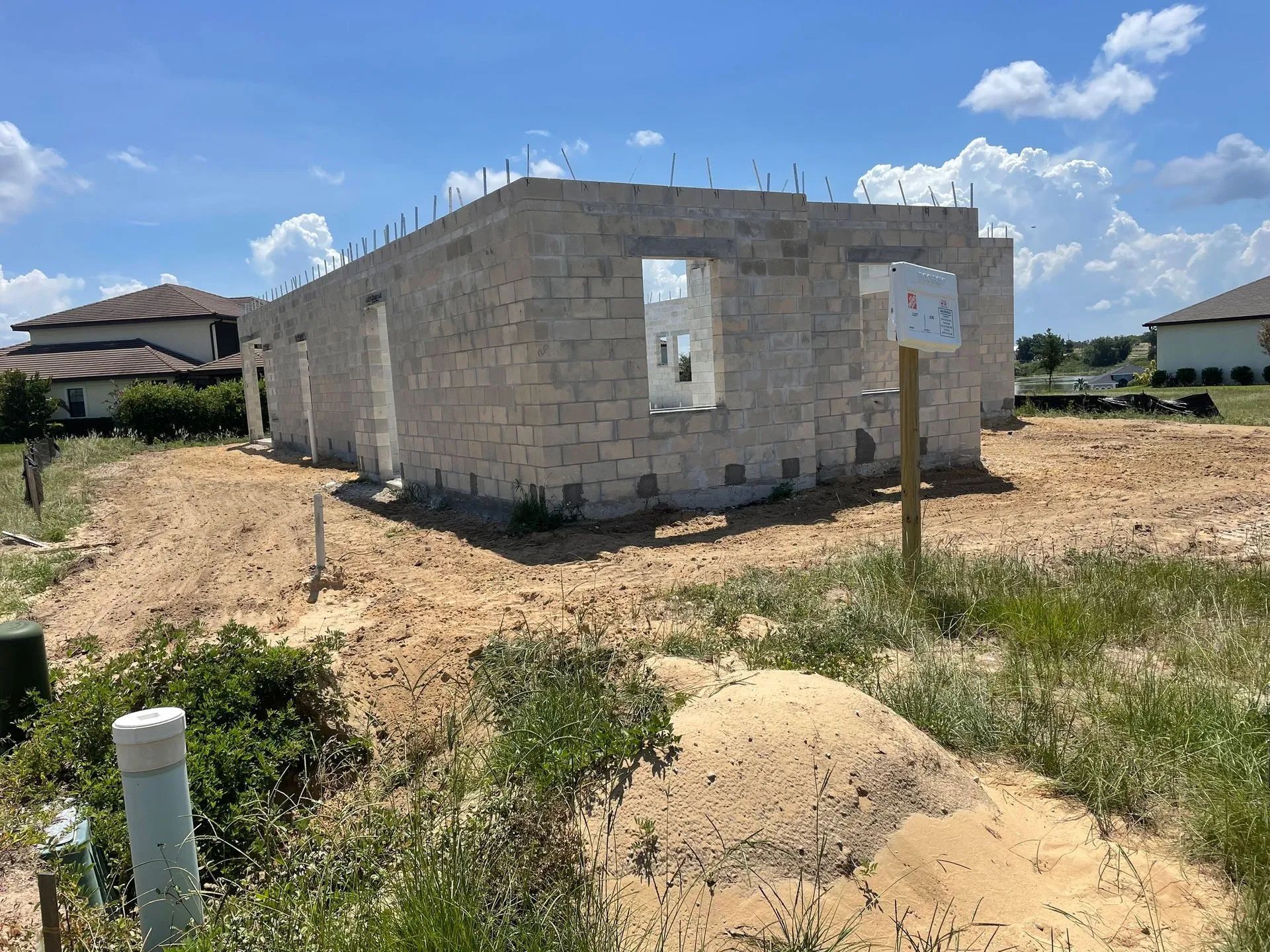What to Expect During a Residential Concrete Sidewalk Installation
When it comes to improving your home’s exterior, a well-installed concrete sidewalk can dramatically enhance both functionality and curb appeal. Whether you’re replacing an old path or installing a brand-new walkway, understanding the process helps eliminate surprises and ensures a successful outcome. A residential concrete sidewalk installation involves careful planning, skilled workmanship, and attention to detail from start to finish. Homeowners can expect a step-by-step approach that focuses on durability, safety, and style. With the right contractor, your sidewalk can become a lasting asset to your property. In this blog, we’ll walk you through exactly what to expect during the entire process.
1. Site Assessment and Planning
The first step begins with a detailed site evaluation. The concrete contractor will assess your property, take precise measurements, and discuss the desired layout, slope, width, and finish of the sidewalk. Drainage considerations and local code compliance are also reviewed to ensure safety and longevity. Once everything is finalized, a project timeline and estimate are provided.
2. Excavation and Ground Preparation
Next, the designated area is excavated. This involves removing existing soil or debris and digging to a depth that accommodates the concrete slab and base material. A stable foundation is key, so the contractor will compact the soil and install a gravel or crushed stone base to ensure the concrete won't crack or shift over time.
3. Building Forms and Reinforcement
Wooden or metal forms are constructed along the outline of the sidewalk to contain the poured concrete. Depending on the location and expected foot traffic, wire mesh or rebar reinforcement may be added to increase strength. This step ensures that the sidewalk maintains its shape during and after the pour.
4. Pouring and Finishing the Concrete
With forms in place, it’s time to pour the concrete. Contractors work efficiently to fill the area evenly, then use tools to smooth and level the surface. Depending on your preference, various finishes can be applied, like broom finishes for better traction or decorative stamping for aesthetic appeal. Control joints are cut to allow for expansion and reduce cracking.
5. Curing and Clean-Up
After the pour, the concrete needs time to cure—typically a few days to a week, depending on weather conditions. Curing allows the concrete to gain strength and prevents premature cracking. During this time, foot traffic should be avoided. Once cured, forms are removed, and the site is cleaned up, leaving you with a clean, durable new sidewalk.
Trust the Experts at AR Gator for Lasting Results
Investing in a new sidewalk is a smart way to boost your home’s curb appeal and improve safety. At AR Gator, we bring over 15
years of experience in delivering
high-quality concrete installations across Lake Wales, FL. Our team is committed to precision, durability, and customer satisfaction. Whether it’s a simple sidewalk or a complex layout, we handle every project with the professionalism and care it deserves. Let us help you transform your property—contact AR Gator
today to get started.



